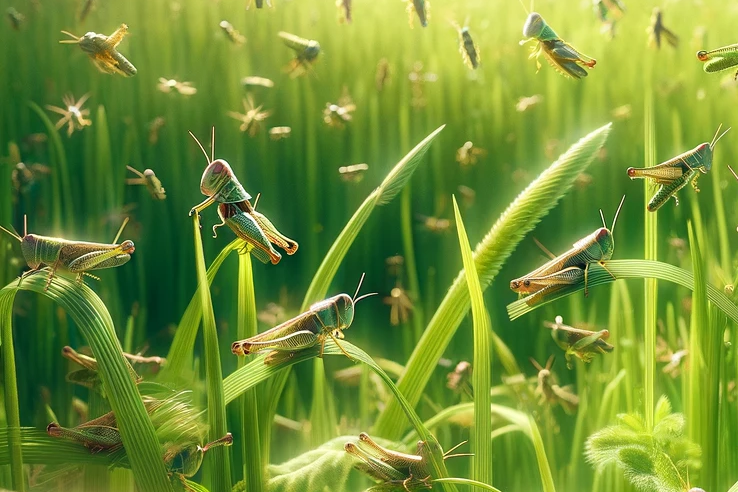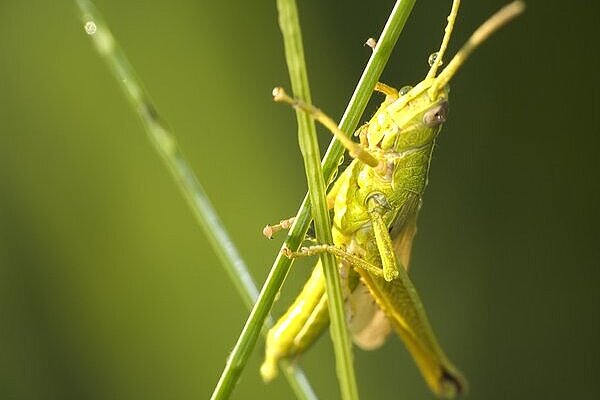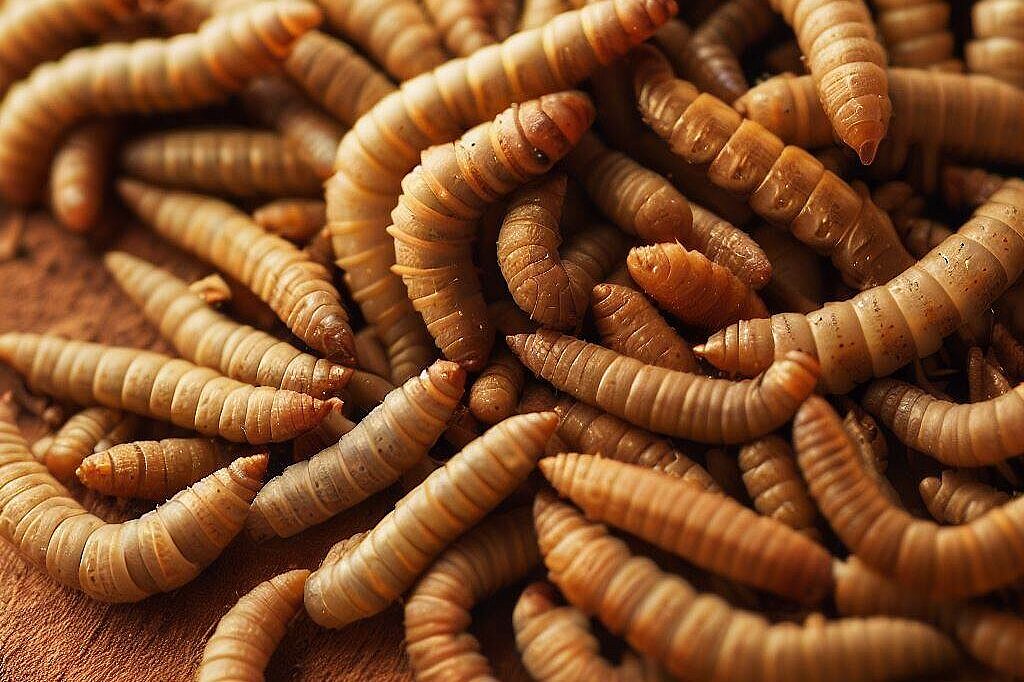Ants

What are ants?
Ants are social insects that can be found in almost every ecosystem worldwide. They belong to the Formicidae family and are known for their complex social structure and strong work ethic. Ants feed mainly on a mixture of plant and animal material, making them a versatile source of nutrients. Their bodies are rich in proteins, fatty acids and other micronutrients, making them a prized delicacy in certain cultures.
Benefits of ants in dog nutrition
Rich in protein and micronutrients
Ants provide an excellent source of high-quality protein, which is essential for building and repairing muscle tissue in dogs. They also contain important fatty acids, vitamins and minerals that can contribute to a dog's overall health.
Natural source of antioxidants
Some ant species produce acids that have antioxidant properties. These can help protect the body from oxidative stress and inflammation, which in turn promotes the dog's overall health and well-being.
Boosting the immune system
The nutrients contained in ants can also support the dog's immune system. A stronger immune system helps to fight off diseases and infections more effectively.
Possible disadvantages and risks
Allergic reactions
As with any new food source, there is a risk of allergic reactions to ants. Dogs can have individual sensitivities to ant ingredients, which can lead to skin irritation, digestive upset or other allergic symptoms.
Toxicity of certain ant species
Some ant species, such as the fire ant, are known to bite or sting and secrete a toxin that can be harmful to dogs. Ingestion of such ants should be avoided at all costs.
Difficulty of dosing
Determining the correct amount of ants to supplement the diet can be difficult. Overfeeding ants could lead to an imbalance in food intake and possibly neglect the need for other important nutrients.
Ants can be an interesting and nutritious addition to your dog's diet, but caution is advised. The potential benefits, such as high protein content and antioxidants, must be weighed against the potential risks, including allergies and toxicity. It is important to carefully monitor the introduction of ants into your dog's diet and seek professional advice if in doubt. As with any dietary change, your dog's health and well-being should always come first. With the right approach, ants can be a unique and healthy addition to your four-legged friend's diet.
Properties 8
Are you looking for other ingredients with a specific property?
Just click on them to find more.
If you notice any signs of hypersensitivity or poisoning in your dog, you should see your vet immediately. We are not a substitute for a vet, but we try to be as accurate as possible. Every dog reacts differently and we recommend you get a second opinion or consult your vet if in doubt.
Stay healthy and take good care of your four-legged friend!😊
Similar to Ants
Termites, often mistakenly referred to as "white ants", are actually a distinct order of insects known as Isoptera. These social creatures are known for their ability to form complex colonies...
Grasshoppers belong to the order Orthoptera and are known for their ability to travel large distances in a short time, often in swarms that can cause significant agricultural damage. However, in...
Crickets are insects of the grasshopper order. They have six legs, two antennae and a long abdomen. They feed mainly on plants and live in various habitats around the world. Crickets have been used...
Mealworms are the larvae of mealworms. They are mainly used as food for reptiles, birds and fish, but are also increasingly used as an ingredient in dog food and snacks. Mealworms can be fed both...



